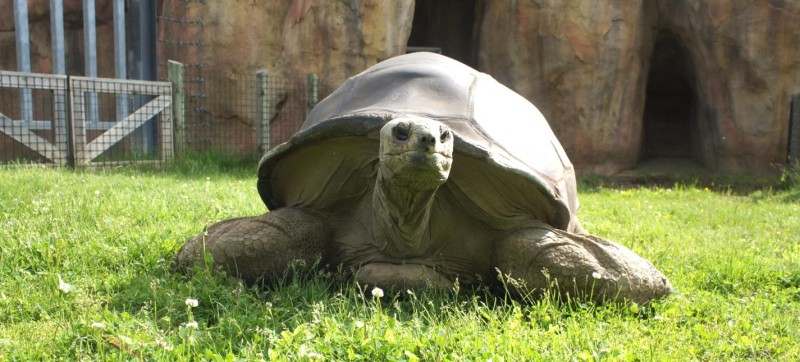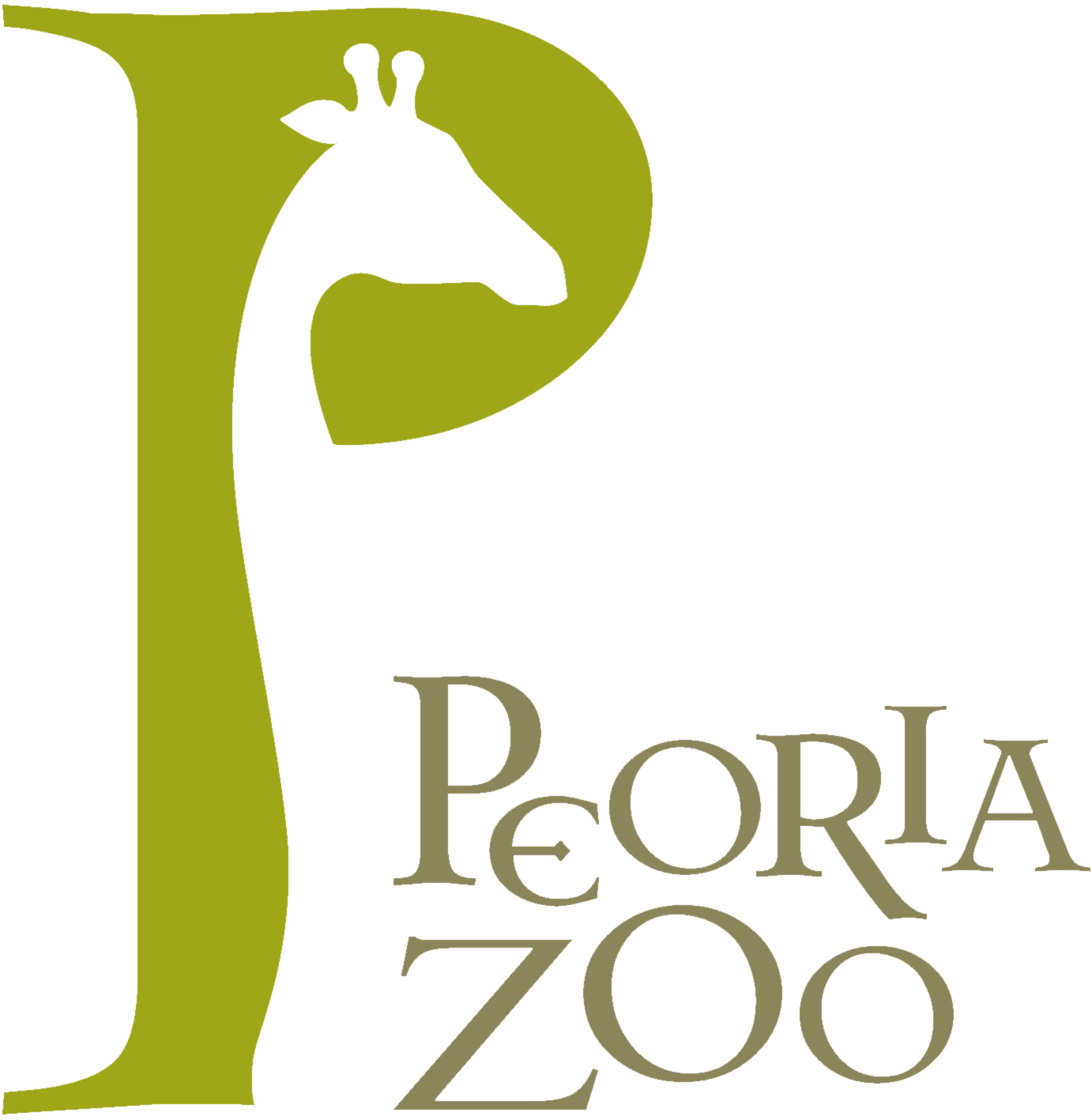Aldabra Tortoise - Geochelone gigantea


Habitat:
The tortoises exploit many different kinds of habitat including grasslands, low scrub, mangrove swamps, and coastal dunes.
Range:
The main population of the Aldabra Giant Tortoise resides on the islands of the Aldabra Atoll in the Seychelles. Another isolated population of the species resides on the island of Zanzibar.
Activity Cycle:
Most active in morning when looking for food
Features:
The carapace is a dark blue or black color with a high domed shape. It has stocky, heavily scaled legs to support its heavy body. The neck of the Aldabra Giant Tortoise is very long, even for its great size, which helps the animal to exploit tree branches up to a meter from the ground as a food source. The Aldabra tortoise has two main varieties of shell. Specimens living in habitats with food available primarily on the ground have a more dome-shaped shell with front extending downward over the neck. Those living in an environment with food available higher up off the ground have a more flattened topped shell with the front raised to allow the neck to extend upward freely.
Size:
Its carapace averages 47 inches in length. The average weight of a male is around 550 lbs. Females are generally smaller than males, with average specimens measuring 35 inches in length and weighing 330 lbs.
Social Structure:
Found individually and in herds
Diet:
Primarily herbivores, Aldabra Tortoises will eat grasses, leaves, and woody plant stems. They occasionally indulge in small invertebrates and carrion, even eating the bodies of other dead tortoises.
Reproduction:
Aldabra Giant Tortoises reach sexual maturity when they attain about half their final size. It seems that reaching sexual maturity is determined by size, not by age. Between February and May, females lay between 9 and 25 rubbery eggs in a shallow, dry nest. After incubating for about 8 months, the tiny, independent young hatch between October and December.
Status:
Listed as vulnerable in wild on the IUCN red list and is in Appendix II of CITES.
Interesting Facts:
- Reintroduction programs exist to rebuild the population
- Among some of the longest lived animals on the planet
- Oldest tortoise was 170 years old
Video:
Prices
- Adult (13 and over)$12.50
- Child (2 - 12)$9.00
- Child (1 and Under)FREE
- Senior (65+)$11.50
- Active Military$11.50
We begin transferring animals to evening (off exhibit) holding at 4:30 each night.
Find Us
2320 N. Prospect Rd.
Peoria, IL 61603
Phone: 309-686-3365
Open Daily 10:00-5:00
Last admission at 4:30
